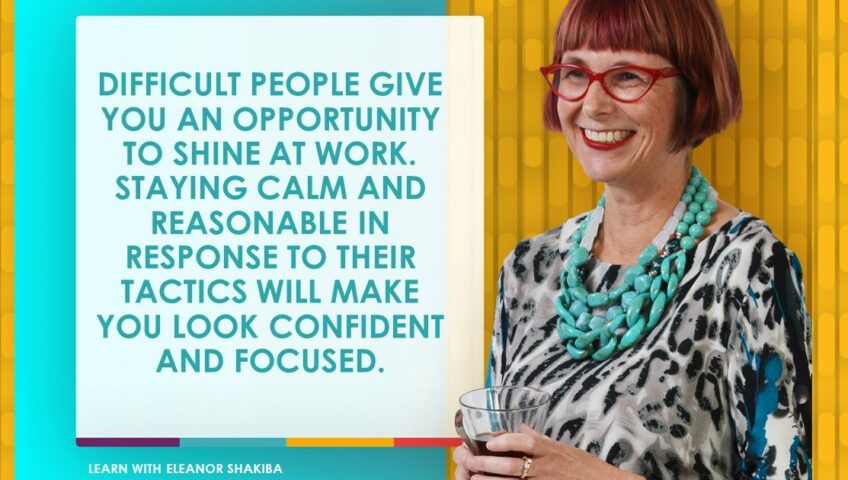Do emotional exercises really improve mental health?
That’s the question posed by Washington Post wellness columnist in a recent article. According to the article, there is growing evidence that emotional exercises can help improve mental health, especially for people who are not responding to traditional therapy.
The article cites a study published in the journal Frontiers in Psychology which found that emotional exercises can be an effective treatment for anxiety and depression. The study involved more than 1,500 participants who were randomly assigned to one of three groups – a control group, an exercise group, or a cognitive therapy group.
The exercise group was asked to do thirty minutes of aerobic exercise three times a week, while the cognitive therapy group received twelve sessions of cognitive behaviour therapy. The control group did not receive any treatment.
After eight weeks, the results showed that the exercise group had lower levels of anxiety and depression than the control group. They also had higher levels of self-esteem and were more physically active. The cognitive therapy group fared better than the exercise group, but not as well as the control group.
So what do these findings mean for managers and business owners?
There is growing evidence that emotional exercises can be an effective treatment for mental health issues like anxiety and depression. This means that businesses should consider offering these types of exercises to their employees as part of their wellness programs. Emotional exercises are activities or tasks that help you become more aware of your feelings and emotions. They can help you understand and manage your emotions better.
Free e-book and video tips.Get your copy today!
|
|
There is evidence that emotional exercises can be very effective at treating mental illness. However, they can also be beneficial for healthy people too. Emotional exercises can help you manage stress, anxiety and anger. They can also improve your mood and overall well-being.
There are many different types of emotional exercises, but some of the most popular include mindfulness meditation, journaling and cognitive behavioural therapy.
Employees who participate in emotional exercises are likely to be less stressed and more productive. They may also be less likely to take time off work due to mental health issues.
Find out more in the original article here: https://www.washingtonpost.com/wellness/2022/09/28/emotional-exercises-for-mental-health/?itid=sf_wellbeing_wellbeing_Mind
This article summary was created by Eleanor Shakiba
Eleanor is a leadership trainer, success coach and people skills expert. She helps managers and business owners build thriving teams and organisations, using tools from Positive Psychology. She's trained more than 60,000 people during her career as a corporate trainer and professional development consultant. Her mission is inspiring talented people to become leaders who make a difference.







